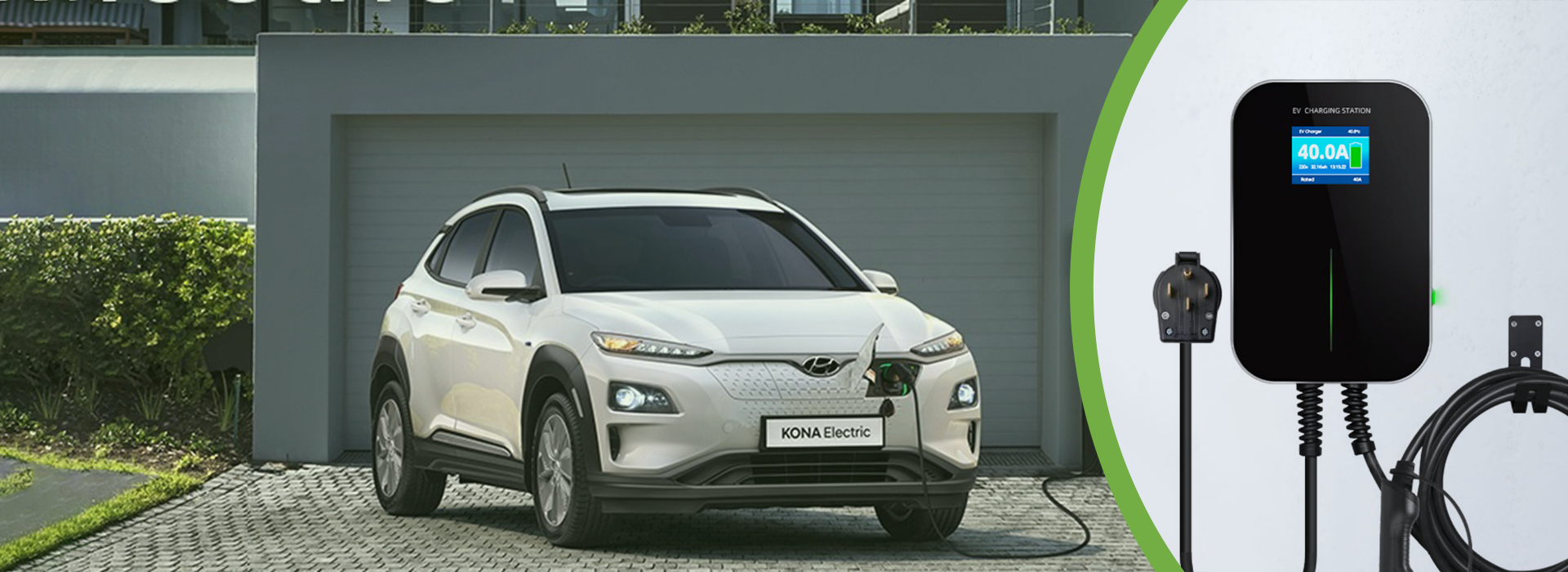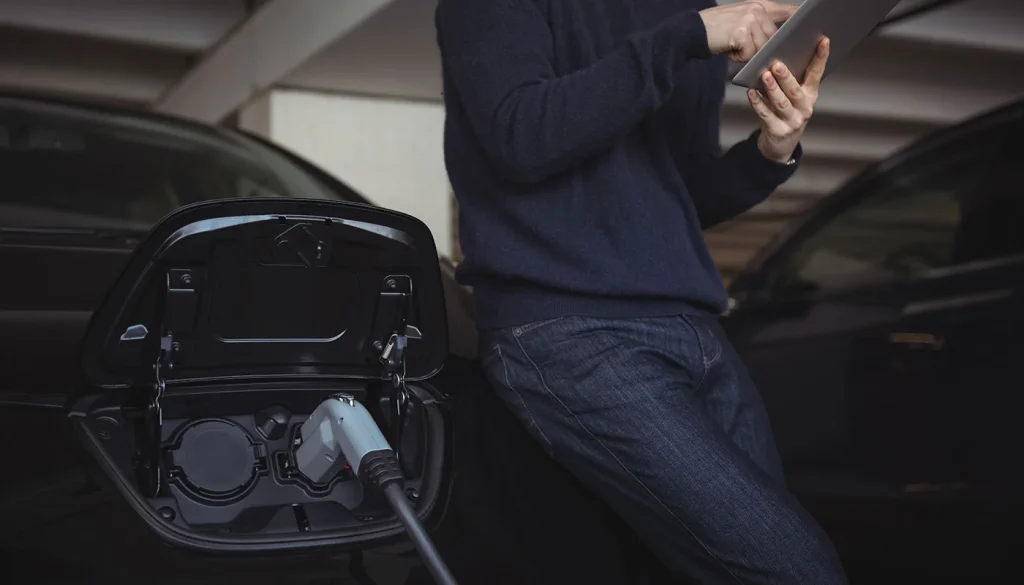Not sure about choosing a charger? Try our revamped Charger Finder!
Try our revamped Charger Finder!
- For Installations
- All our chargers come with a 1 year warranty
- Free Shipping
December 1, 2023
A frequent question I have received in my 5+ years in the industry is about the type of charger that most suits. The answer is highly dependent on circumstance such as home ownership or renting, plan to install solar panels, purchase of one or potentially two electric vehicles and current electrical panel condition.
The other frequent question is between purchasing a more portable EV charger versus a Wallbox type EV charger, which generally has a more fixed position to the wall.
The table below summarizes the main difference between a portable and a Wallbox EV charger.
| Portable EV charger | Wallbox EV charger |
| Smaller, lighter | Generally larger |
| Movable | Often not movable (especially if hardwired) |
| Up to 40amps (9.6 kWh) | Up to 48 amps (11.5 kWh) |
| Level 1 or Level 2 power | Level 2 |
| Plug and charge | WIFI/Bluetooth data and remote charge |
| <$350 | $550+ |
| Plug in (NEMA 14-50 or 6-50) | Hardwired or Plug-in |

The ability to hardwire into the electrical panel is a safety feature and advantage of Wallbox chargers. The limiting factor is that the charger will need to be situated close to the electrical panel reducing your flexibility to site the charger in the best / easiest location.
Both chargers generally now feature delayed charging capabilities, adjustability to use lower power during the day when electricity is cheaper and other features. Increasingly the trend is for both to offer level 2 ev charging and charging speeds down to level 1 such as 12 and 16amps. Some owners like this for plug-in hybrids so as to match the current with the accepted current of the car’s battery.
The main benefit of portable EV chargers is flexibility. It can be unplugged and taken to be used in places with other 240-volt connections. Portable chargers can also provide peace of mind, especially a regular level 1 EV charger that will plug in anywhere. On an overnight charge of say 12-14 hours, a level 1 EV charger can provide 36-50 miles of range, which provide an added cushion when looking for a commercial charging station (especially if on a road trip)
Here are some frequently asked questions:-
Are portable EV chargers and Wallbox EV chargers generally the same power levels?
Yes in general they are. Most plug-in EV chargers and plug in level 2 wall box EV chargers work at 240 volts service, providing ~ 10 kilowatts of power per hour.
Is a commercial EV charging station better than plug-in or Wallbox Ev charger?
No residential chargers are better. Electricity charging costs are typically 20-30% compared to commercial charging stations, residential charging is safer and more convenient.

What are the benefits of portable EV chargers?
Speed (as quick as most Wallbox EV charging stations), location flexibility in the garage, smaller footprint and less complicated
When is best to charge with a Wallbox or portable EV chargers?
If you have a Wallbox with solar integration, the best time is the middle of the day between 10am and 2:30pm when solar energy production is at its best. Overnight is best and cheapest since electricity demand is lower and super off peak electricity rates are up to 40% less than peak electricity rates
Is charging with a portable EV the same cost as charging with a Wallbox charging station?
Yes, the cost is the same.
We provide a range of plug-in level 1 and level 2 EV chargers as well as smart technology Wallbox EV chargers.
Liam Gillespie, ev-chargers.com